10 Lessons Learned During My First Summer Gardening
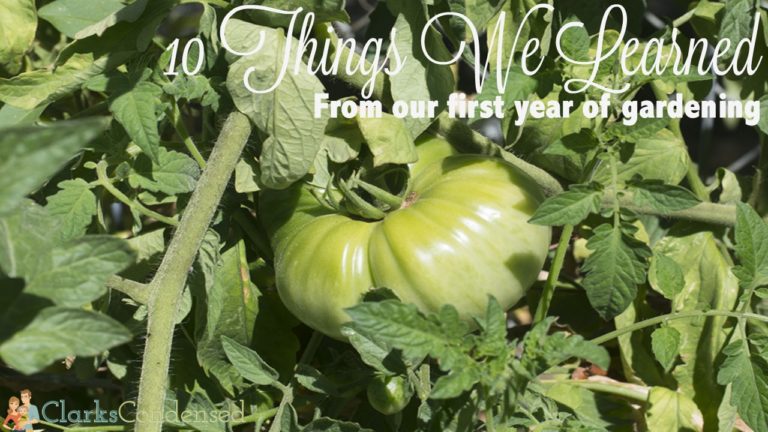
Katie and I grew our first decent garden last summer.
We’ve attempted a few plants in the past, but they mostly failed. With a new house and a new yard more conducive to gardening, I decided to make a much larger effort to grow some food.
Both Katie and I helped our parents with gardens when we were younger, and we both had grandparents who were avid gardeners. Nevertheless, we learned a lot this year, and here are some of my top lessons learned.
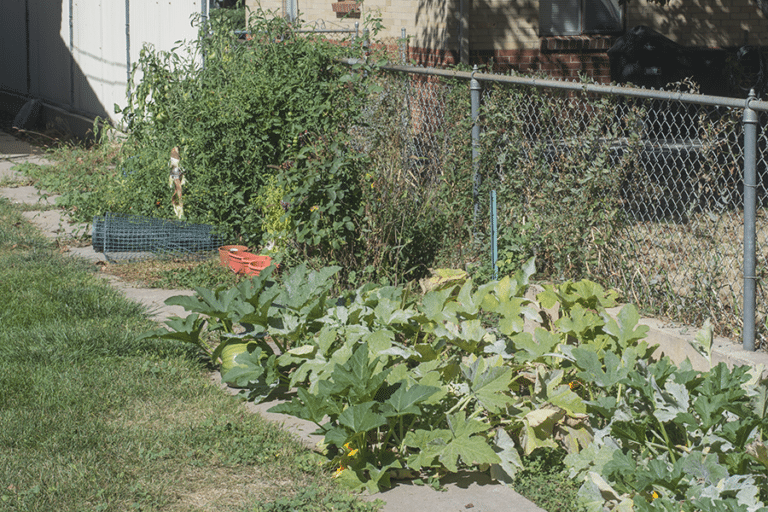
1. Start Plants Indoor or Buy Starter Plants
Here in Colorado, the growing season is a little shorter than some places. It snowed about eight inches in May. Plus, June was super rainy, and with the thunderstorms came some serious rain storms. Too much rain can be as bad as too little.
The earlier you get you plants started the sooner they will mature enough to produce. Thus, the earlier you start your plants, the longer the growing season. A personal greenhouse would be ideal for this, but that is difficult to get for most people. Katie bought me this portable greenhouse, and I’m excited to use it this year.
We planted some green beans relatively early and the seeds got snowed on, and when a few little seedlings started growing they were attacked by hail and lost most of their leaves. I should have scrapped those seeds and seedlings earlier. I wanted to give them a chance, but with half a leaf they grew very slowly. I planted some new seeds, and they started growing very quickly.
We also used this to start a few plants indoors, and I think that gave some of our plants a decent start.
2. Plan on Getting Rid of Some Seedlings
The seed packets were a little vague about how much to sacrifice the seedlings of different plants. Thus, I ended up with all of my green bean plants way too close together. The idea is that not all seeds will germinate and grow, so plant more than you think you might need. Pull up the smallest ones and the ones that are too close together. Not exactly natural selection, but it might be close.
I almost wonder if having my green beans too close helped them with the intense sun here in the Denver area. The plants might have provided some shade for each other. The never seemed adversely affected by the heat.
3. Your Plants Will Likely Be Attacked
We have had a number of tomatoes, strawberries and cucumbers stolen from our garden. I haven’t actually caught the animals in the act, but I am fairly certain it is the squirrels that live near our house. It could have been birds as well, and I think I saw a mouse dashing through the bottom of our raspberry bush.
About ten of our cucumbers have had bite marks in them, which were just chucked over the fence towards the squirrels. They ran away with a few of them right in front of me. One thing you can do is buy some bird netting to protect your plants. I just used this on my strawberry plants. They seemed to particularly attract attacks.
Apparently you can buy wolf urine which will scare away animals, and there are some other commercial animal repellent products that might work. There are other home remedies out there, such as this homemade pepper repellent, which we didn’t really try.
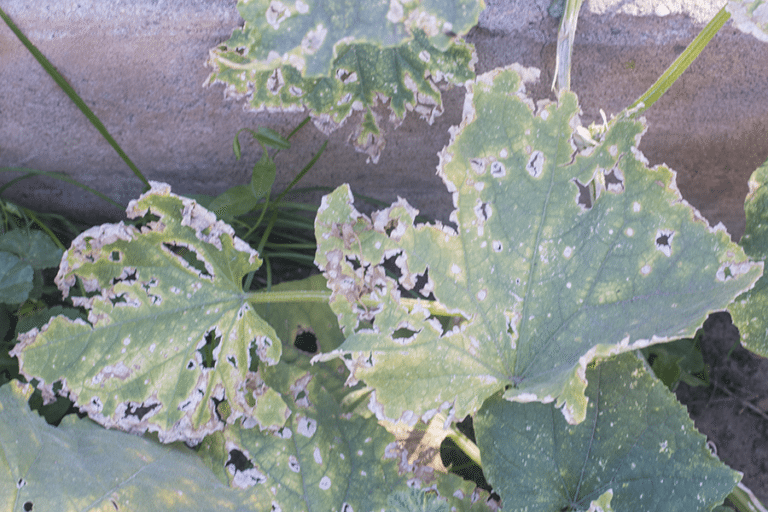
4. Know Your Climate
I live near Denver, Colorado. We’re at a high altitude with relatively low humidity. Because of this, the temperatures here don’t often get near 100 degrees Fahrenheit too often, but the strength of the sun here is very high.
There is usually about a thirty-degree temperature difference between daytime and nighttime. It is also important to the think of your gardens micro-climates. Some parts of a garden might get shade. If you plant right next to a wall that gets a lot of sun, then the wall will likely reflect some light and heat. I’ve learned that here in Colorado, some shade is a very good thing. Some plants handle the heavy sun better than others. My squash and zucchini plants seemed to do okay with a lot of
I’ve learned that here in Colorado, some shade is a very good thing. Some plants handle the heavy sun better than others. My squash and zucchini plants seemed to do okay with a lot of sun and very little shade. My cucumbers had some shade, but they still seemed to get dry spots on their leaves. Try to create a layout for your garden in a way to give you plants their best chance to succeed.
I highly recommend getting a gardening book that focuses on your specific area. My parents sent me a Rocky Mountain Garden book that really was insightful.
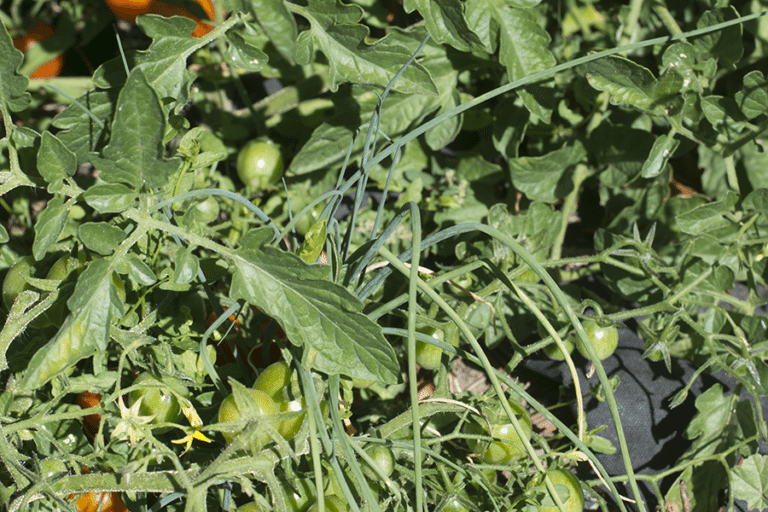
5. Plan Your Plant Locations Carefully
I planted my cherry tomato seeds three or four feet away from my strawberry plant. By this time of the year, late summer, my strawberry plant gets half as much sun as it used to get. My cherry tomato plant is rather huge. It nearly covers the strawberry plant and my green onions. My raspberry plant now covers a few of my green beans.
A plant’s location might be affected by the path of the sun. It will change from spring to fall. In the northern hemisphere, the sun rises and sets farther to the north during the summer. During the winter, the sun rises and sets farther south. This will affect shade patterns. So, if you are planting in a shady spot in the spring that might not be a shady spot during the middle of the summer.
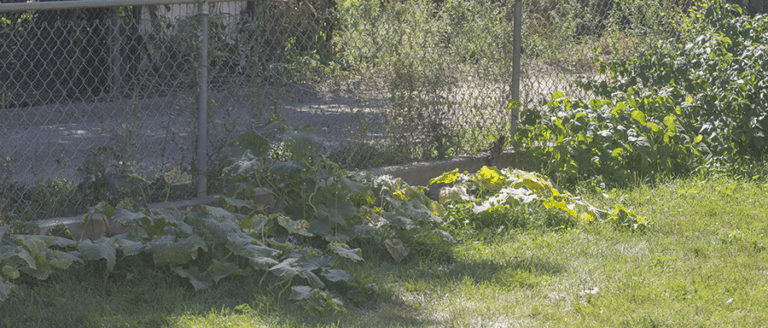
6. Don’t Spray Water on the Leaves
This has something to do with evaporation. Wet leaves will actually lose water. You want to water at the base of the plant, and it is best to not water during the heat of the day. As a side note, the hottest part of the day isn’t noon, but early afternoon after the heat has built up for a while. Don’t water seedlings too much, and as your plants get bigger they will need more water. Plus, as your plants are getting bigger it is also getting hotter outside. This works for grass too, which I’ve had to water myself for the first time. We never watered our yard when I was growing up.
7. Be Prepared For Sudden Bounties
Our garden seemed to take a long time to mature and produce. I watered and waited for what seemed an eternity before the first vegetable could be eaten. However, once the plants had matured they suddenly started getting large amounts of vegetables. I just chucked about two grocery bags of vegetables into the trash today, because I failed to plan on how to use or give them away.
We got huge numbers of cucumbers, and so I ended up give some away and canning others. Fortunately, Ball generously gifted us with some excellent canning supplies (basically their entire FreshTech line) over the past few years so that wasn’t too difficult. We ate a lot of squash and zucchini for a while, but we could only eat so much. Just be prepared for your garden to produce in bursts. Plant a variety if you want to eat a variety. I think we planted too many of the same plants.
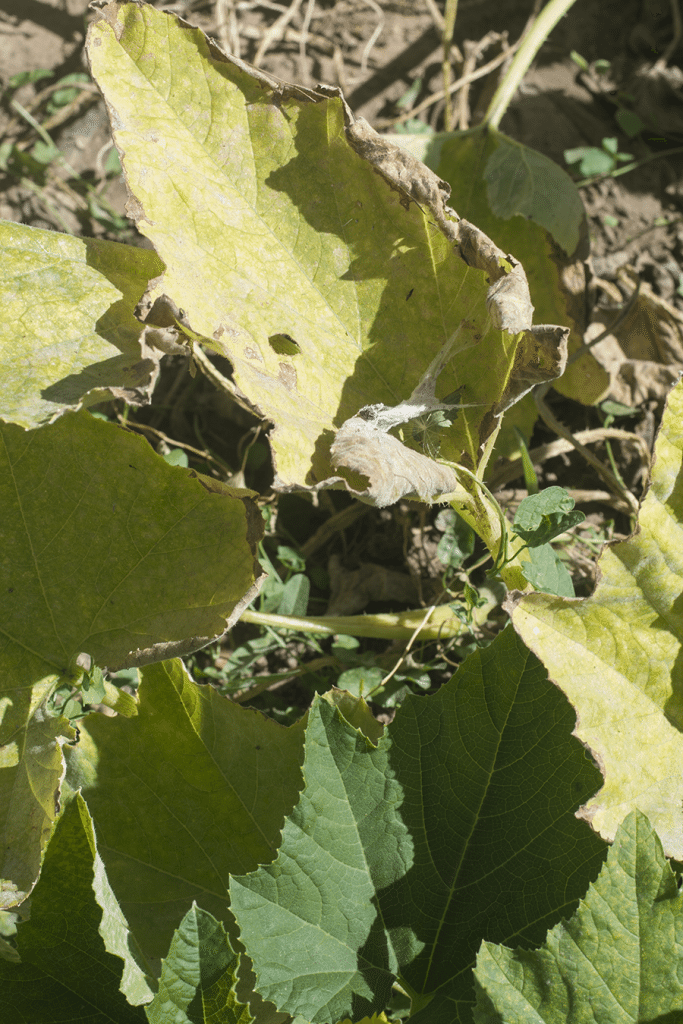
8. Watch Out for Mildew
Our squash and zucchini plants ended up with serious mildew or fungus problems. I should have culled the blighted leaves early on, but instead I let it spread. The infected leaves died, and the plants grew new and younger leaves. However, their production sharply dropped as this happened.
There are a couple of home remedies for treating plant mildew. You can mix 2-3 tablespoons of apple cider vinegar (containing 5% or less acetic acid) with one gallon of water, place in a spray bottle, and spray it on the leaves . You can also mix one tablespoon baking soda with a teaspoon of dormant oil and one teaspoon liquid hand soap into a gallon of water and spray on the plants ever 1-2 weeks.
9. Make Sure You Puncture Those Holes on the Bottom of Pots
Plastic potting pots have tabs you can poke or puncture to help excess water to drain. Katie and I had successfully planted and grown bell pepper seedlings inside. Shortly after we transported the potted plants outside to get used to the weather and conditions it rained rather heavily. Unfortunately, the rain did not drain, and our pepper plants drowned. They could not be saved. Since we love peppers, and they can be expensive at the store, we were disappointed about this failure.
10. Fertilize
When you plant your seeds or seedlings you should figure out what type of soil and fertilizer is best for that plant. Most plants could use a mulch of some kind. Plants don’t usually do well in sandy or hard, stony soil. The softer soil will help water to actually seep down to the roots and stay there for a little bit. I recommend buying a soil testing kit to make sure the soil you are using is even hospitable for planting.
Fertilizer should be added throughout the growing season about every couple of weeks. I found something in our garage that was labeled tomato food that could be mixed with water, but it could also be used for other vegetables. Most plants use very similar nutrients. Plus, on the fertilization theme – flowers come before fruit. Bees and other pollinators help with the plants fertilization process to produce fruit.
I’m sure we have some avid gardeners out there – we’d love to hear some of your best tips for gardening in the comment section!
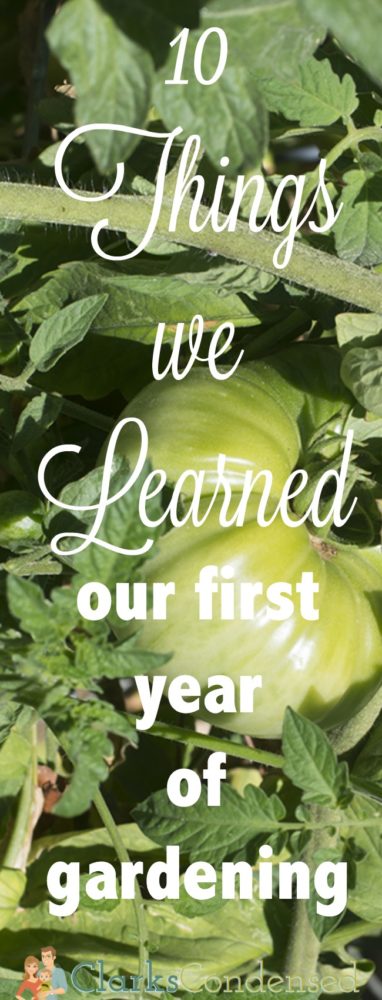


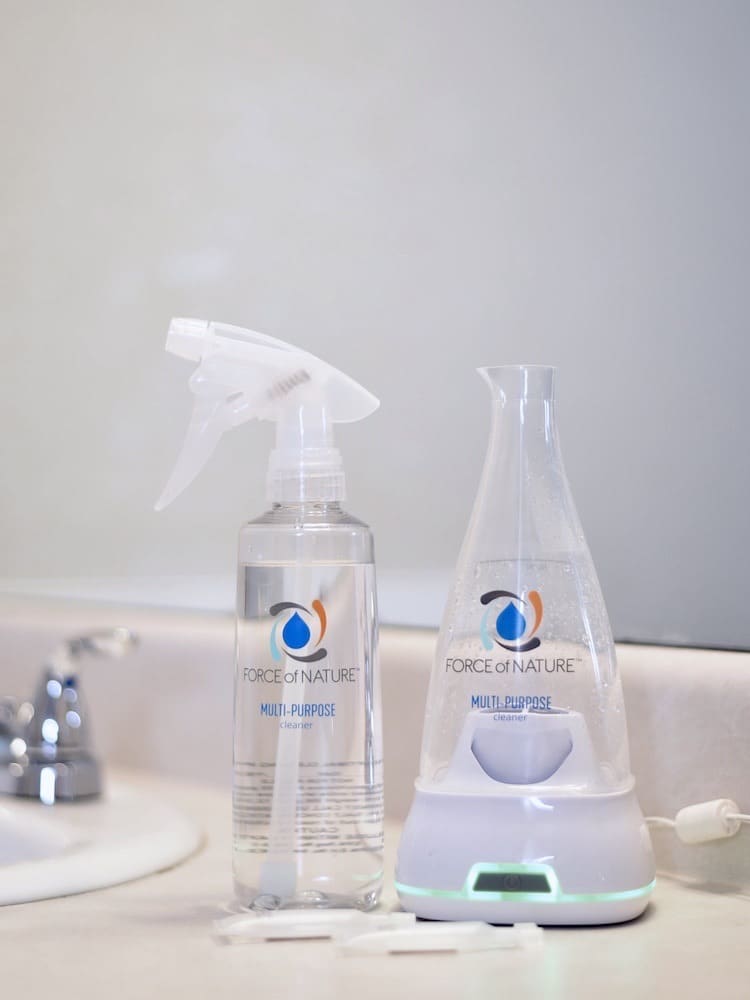


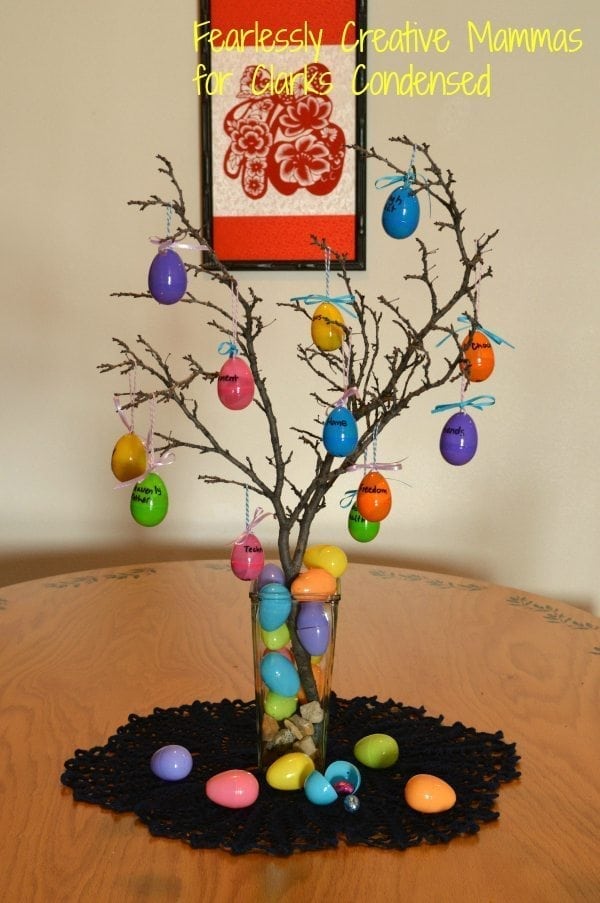
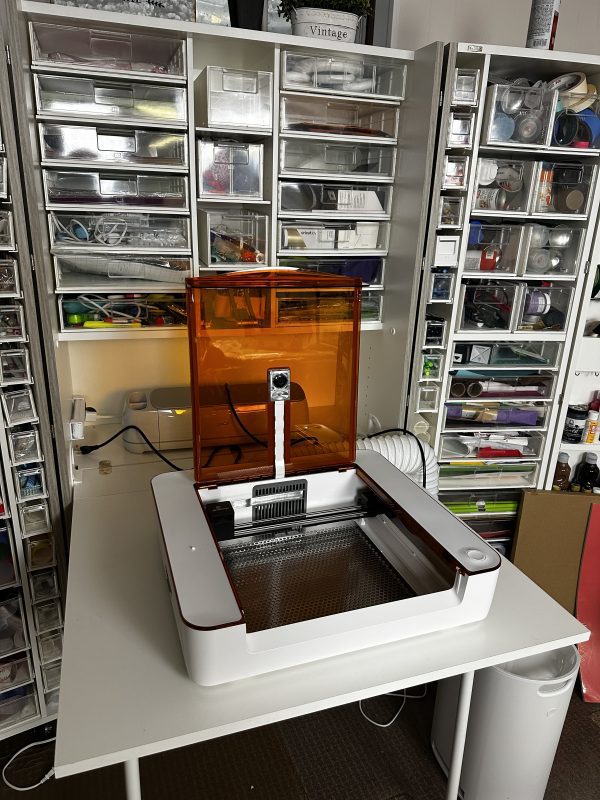
Learning how to blanch and freeze or can is crucial if you have too many of one type of thing come up at a time. Also, learning how much to plant and only planting what you think you need. The other idea is barter or swap your excess veg with someone who has an excess of some other fruit or veg. We have a monthly meet and swap for garden produce, including pickles, jams and home made bread and such like. I intend to join those meet and swaps as soon as my garden goes into production overdrive and we have an excess of anything. Succession planting is important to learn too, so that your crops being ready for harvest are staggered and not all ready at the same time. Seek out new and interesting recipes and cook and freeze your harvest in various forms for meal times going forward. Forward planning is key to a garden where nothing is wasted. Compost it or at the very least, give it away to neighbours. Composting is the best way as your efforts to grow in the first place all go back to the garden for some other crop.
Thanks for the advice!
Is there a best time of day to spray the cider vinegar solution on the leaves for mildew? Had problem with mildew on squash plants last year. I did not inherit my parents’ green thumbs, but will keep trying and take any advice I can get.
I would say just avoid during the hottest part of the day. Early evening would probably be best! Let us know if you have any questions. Gardening is a great thing, though it can be so tricky! I (Katie) did not really inherit much gardening talents from my dad or grandpa, but Forrest (who wrote this), seems to have. I love having fresh produce all summer long, though!
Your plants look amazing! We are hoping to have a big garden this summer depending on where we move, and I can’t wait! Thanks for all these tips!!
Haha! Some of our plants did better than others, but we were pleased with the outcome. We definitely had cucumbers coming out of our ears!